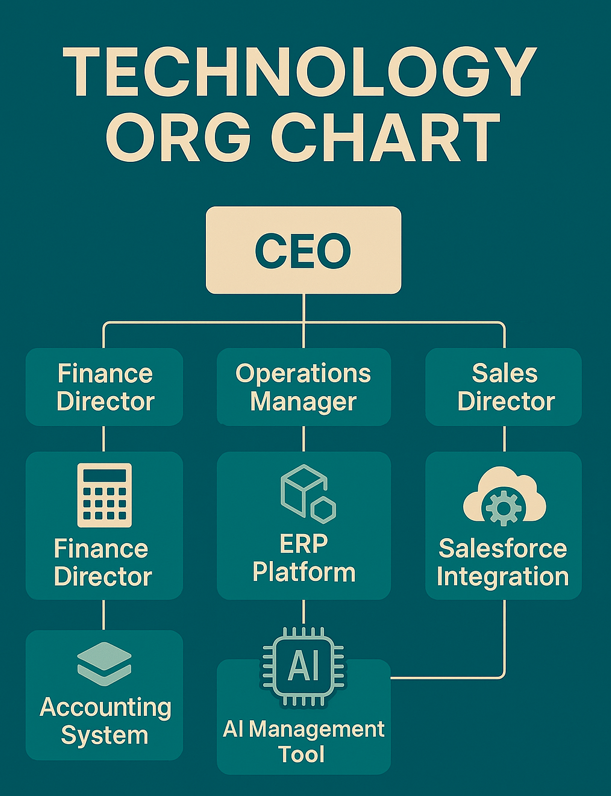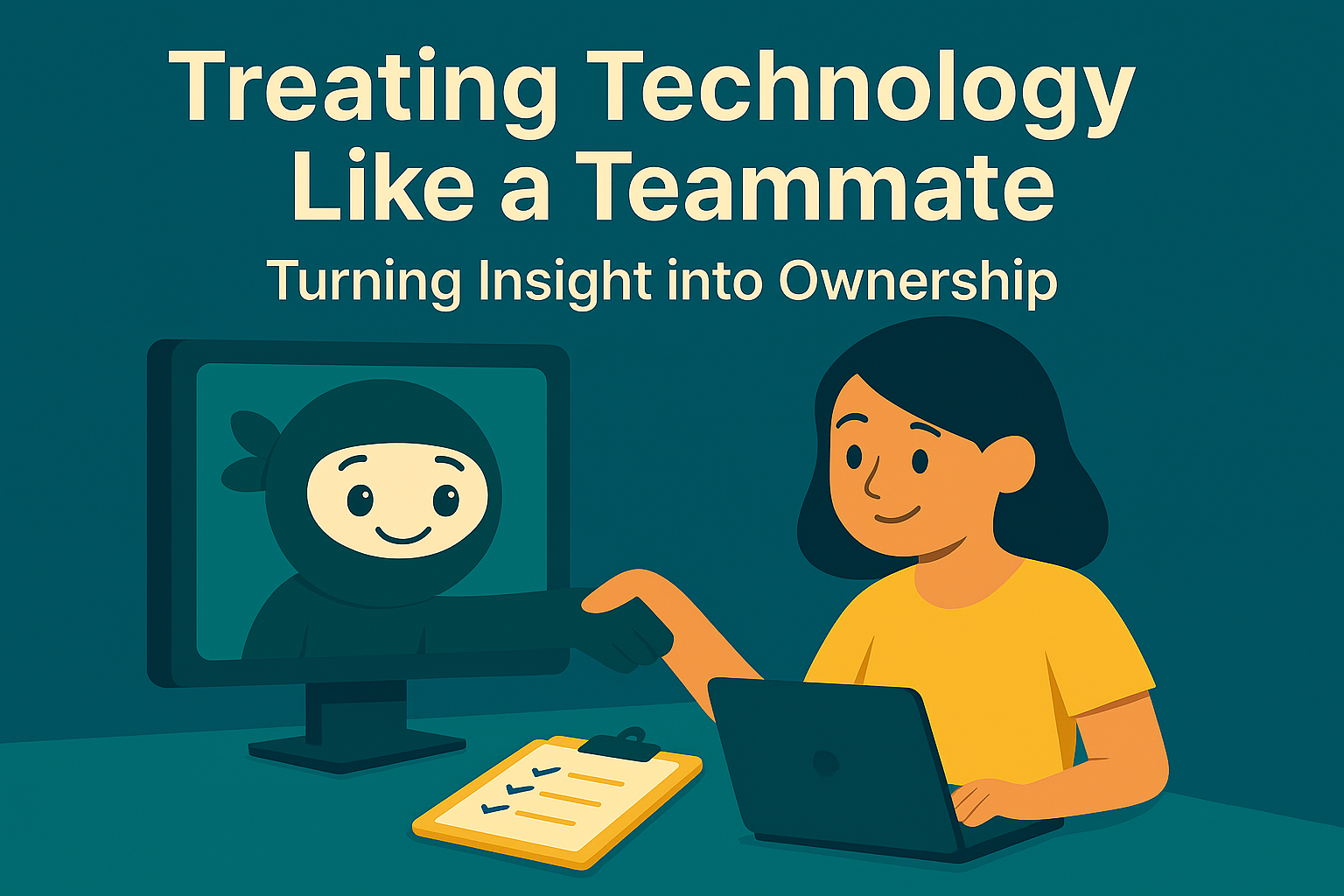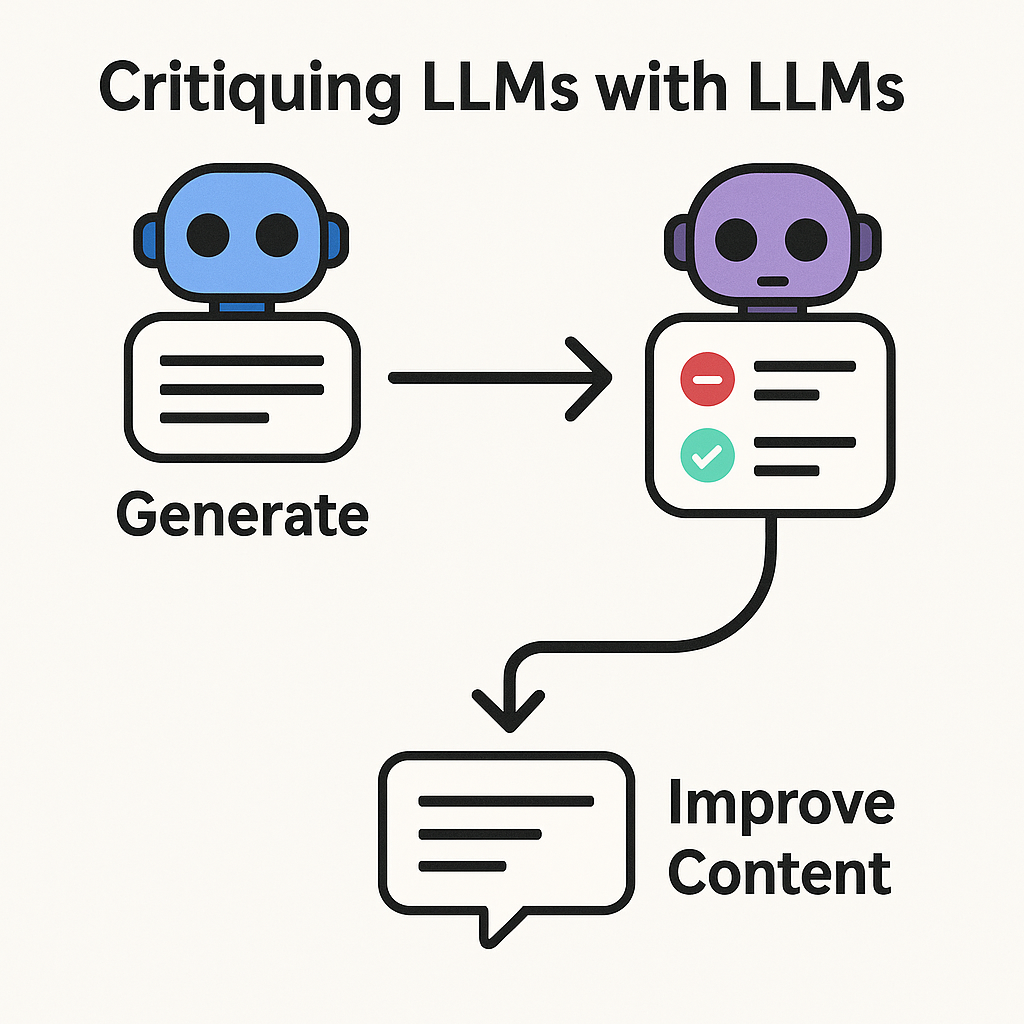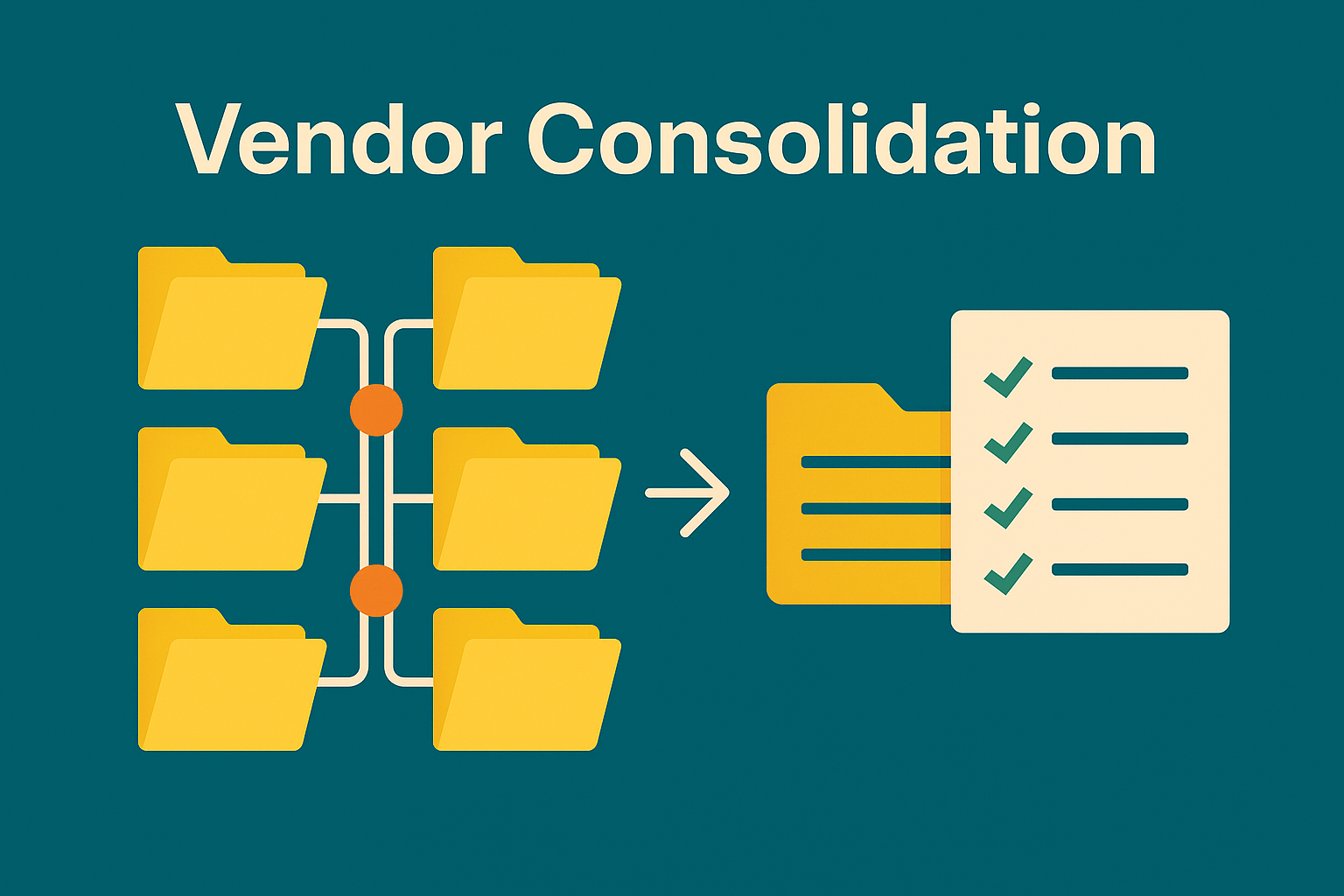Inspired by Nadjia Yousif’s TED Talk “Why you should treat the tech you use at work like a colleague”, we’ve embraced a deceptively simple but powerful practice at Stelth IT: creating a Technology Org Chart.
Rather than thinking of technology as a passive toolset, we treat it like a dynamic part of the organization. We map every core platform, app, or system onto an org chart alongside your teams—and assign each one two roles:
- A business process owner (who owns the outcomes that tool supports)
- A technical owner (who owns the platform’s administration and performance)
This small shift creates clarity and accountability where ambiguity often lives.

Why It Works
When a system is assigned to a person, their mindset shifts. It stops being “someone else’s responsibility” and becomes something they want to understand, improve, or even eliminate. In fact, one of the most powerful results of this process is the rise in justified “terminations”—systems that get fired.
When no one owns a piece of tech, it lingers indefinitely. But when someone is accountable for it, they start asking:
- Is this really helping us?
- Do we already have another system that does this better?
- Is this the right fit for where we’re headed?
Suddenly, outdated or redundant tools get flagged. Clean-up happens. Ownership turns into optimization.
Tying Org Charts to Actual Spend
The next step is to align the technology org chart with actualized IT spend. If we see something on the ledger that isn’t represented on the org chart, we add it and assign it. There should be nothing funded that no one owns. That financial reality check helps uncover hidden costs and ghost systems quickly.
Bottom Line
This practice isn’t just organizational hygiene. It’s a low-friction, high-impact way to elevate technology management, drive thoughtful conversations, and reduce waste. Most importantly, it reinforces one of the core beliefs behind our vCIO strategy:
Accountability fuels progress.
So if you’re ready to gain clarity, shed shadow systems, and elevate your IT posture, start with your org chart. And make sure your technologies have seats at the table—with names next to them.





